In the realm of textile production, achieving vibrant and lasting colors is paramount, and two primary methods stand out: top dyeing and yarn dyeing. While both techniques serve the common goal of imbuing fabrics with color, they differ significantly in their approach and the effects they produce. Let's unravel the nuances that set top dyeing and yarn dyeing apart.
TOP DYED:
Also known as fiber dyeing, involves coloring the fibers before they are spun into yarn. In this process, the raw fibers, such as cotton, polyester, or wool, are immersed in dye baths, allowing the color to penetrate deeply and uniformly throughout the fiber structure. This ensures that each individual fiber is colored before it is spun into yarn, resulting in a fabric with consistent color distribution. Top dyeing is particularly advantageous for producing solid-colored fabrics with vibrant hues that remain vivid even after repeated washing and wear.
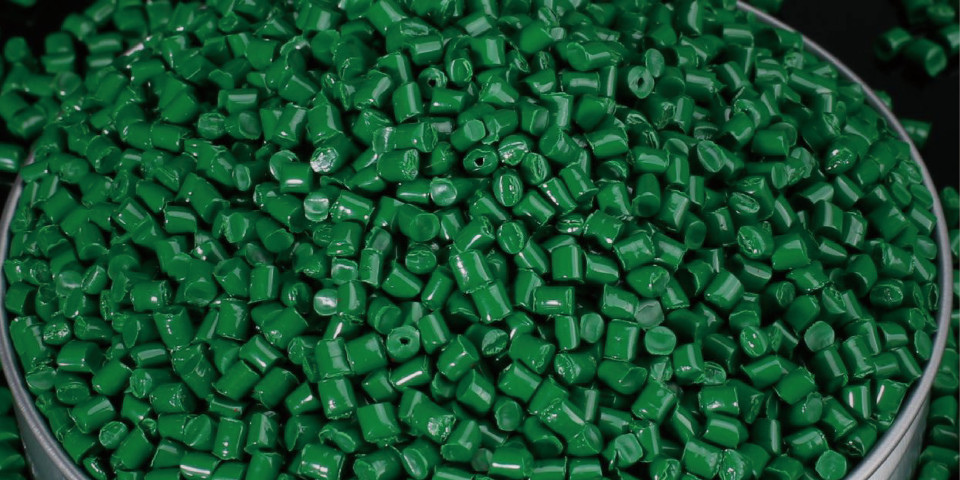
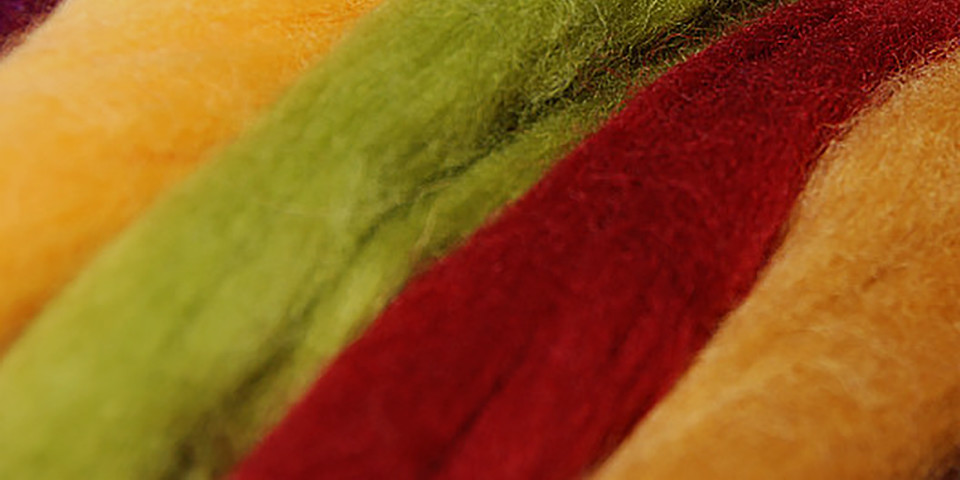
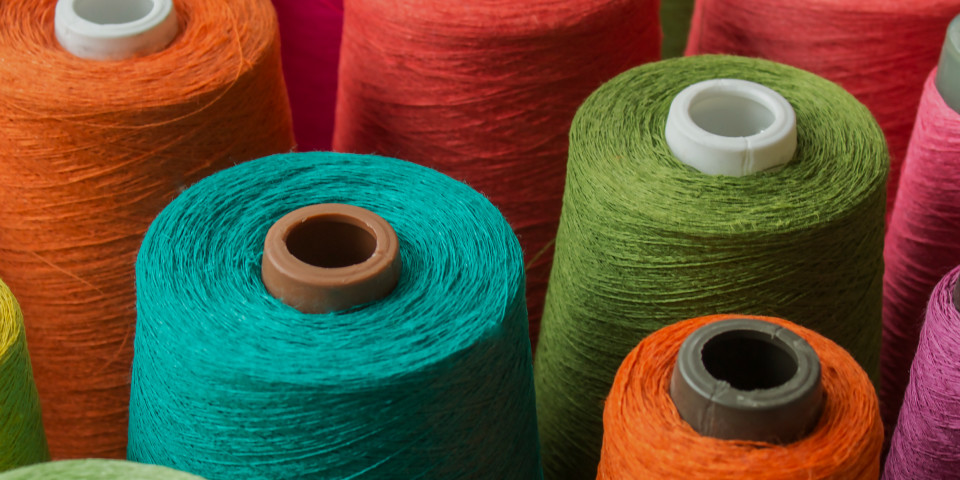
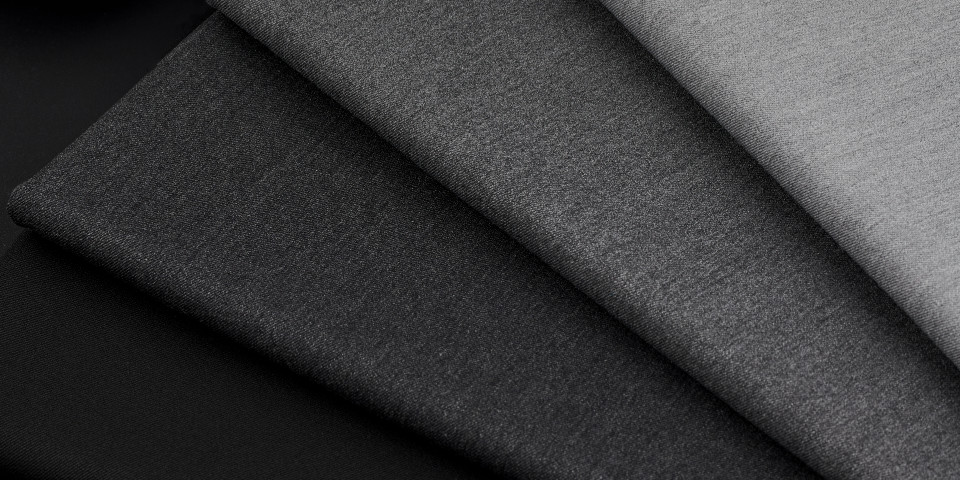
YARN DYED:
Yarn dyeing involves coloring the yarn itself after it has been spun from the fibers. In this method, undyed yarn is wound onto spools or cones and then submerged in dye baths or subjected to other dye application techniques. Yarn dyeing allows for greater flexibility in creating multi-colored or patterned fabrics, as different yarns can be dyed in various colors before being woven together. This technique is commonly used in the production of striped, checked, or plaid fabrics, as well as in creating intricate jacquard or dobby patterns.
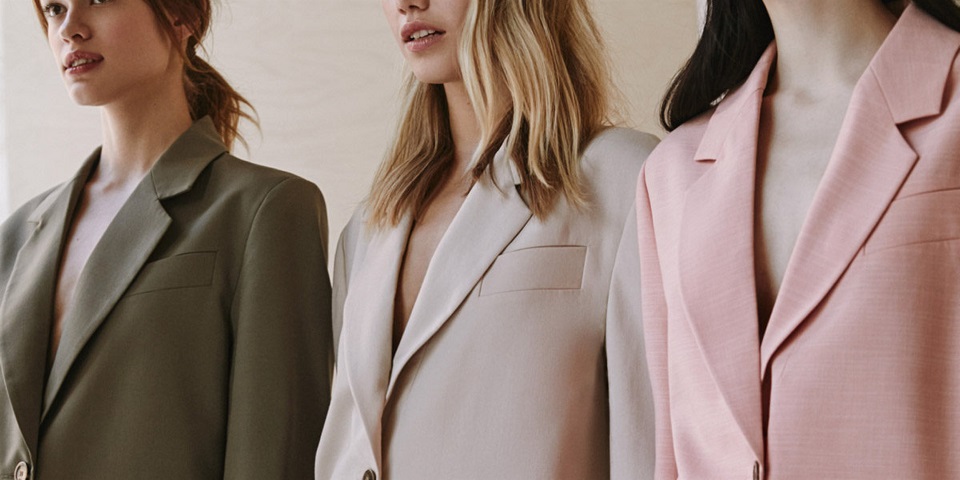
One of the key distinctions between top dyeing and yarn dyeing lies in the level of color penetration and uniformity achieved. In top dyeing, the color permeates the entire fiber before it is spun into yarn, resulting in a fabric with consistent coloration from the surface to the core. In contrast, yarn dyeing only colors the outer surface of the yarn, leaving the core undyed. While this can create visually interesting effects, such as heathered or mottled appearances, it may also result in variations in color intensity throughout the fabric.
Furthermore, the choice between top dyeing and yarn dyeing can impact the efficiency and cost-effectiveness of textile production. Top dyeing requires dyeing the fibers before spinning, which can be a more time-consuming and labor-intensive process compared to dyeing the yarn after spinning. However, top dyeing offers advantages in terms of color consistency and control, particularly for solid-colored fabrics. Yarn dyeing, on the other hand, allows for greater flexibility in creating complex patterns and designs but may result in higher production costs due to the additional dyeing steps involved.
In conclusion, while both top dyeing and yarn dyeing are essential techniques in textile manufacturing, they offer distinct advantages and applications. Top dyeing ensures consistent coloration throughout the fabric, making it ideal for solid-colored fabrics, while yarn dyeing allows for greater design flexibility and complexity. Understanding the differences between these techniques is crucial for textile designers and manufacturers to choose the most appropriate method for achieving their desired aesthetic and functional outcomes.
Whether it's top-dyed fabric or yarn-dyed fabric, we excel in both. Our expertise and dedication to quality ensure that we deliver exceptional products consistently. Feel free to reach out to us anytime; we're always ready to assist you.
Post time: Apr-12-2024

